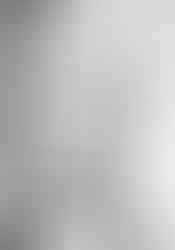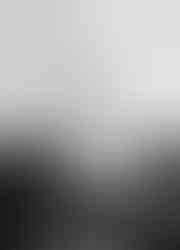The Case of an Innocent Discovery with ASGER CARLSEN
- julia horvath

- Nov 7, 2021
- 4 min read
Updated: Nov 6, 2024

If I should say anything about my work, it is that it offers an open-ended reality. I don’t necessarily think that the viewer should arrive at a final conclusion of what it is.
GAHSP had the chance to sit down and listen to New York based Danish Artist Asger Carlsen. Coming from a traditional photography background, Carlsen’s impatience with capturing and editing images led him to a new direction early on. He started making photo-manipulations by accident, which discovery then turned into a new way of “sculpting” images - an art of its own.
THE MONOLOGUE series
Reflections by Asger Carlsen
From his conversation with GAHSP

1
THE IDEA OF THE NEW
I like the idea of the new. There is something really exciting about that. That’s also one of the reasons why I would make the work. Coming from a very traditional photography background, I worked as a newspaper photographer and in advertisement. [There is] something interesting about discovering something new, whether it’s about other people and their practices, or my own. That’s a very important factor.

2
A SERIES OF ACCIDENTS
The craft is really taking place by doing it. Then you will discover accidents, what not to do and what to do. That’s how you do it, it’s a series of accidents.

3
NARRATIVE WITHIN THE NARRATIVE
There is always a narrative when you take the photograph but then, if you change the narrative within the narrative, there is a new, maybe further narrative that appears. In the beginning, when I started doing these images, I wasn’t totally convinced. It took me about a year to show it to someone. I was a little bit embarrassed by this new direction and thought it was not the right thing. But then I showed them and there was a response. That’s how it happened. I was inpatient in particular about using Photoshop and the idea of being a photographer who has to go out and capture something, and spend a lot of time traveling and researching. I was [thinking], now I’m just going to be in my studio and will work from my image archive. [My photography work] became like an “image material''.
4
SCULPTOR
I’m very confused when I do it. I just have to believe that it will be something but sometimes you really work on it for weeks, and then you look at it and you are like no, that’s not it. When building these elements, it has to feel organic and believable. When I say believable, of course I don’t mean reality. There is something about how you approach it. I wouldn’t say that I am a sculptor because it is taking place in 2D and not 3D - but overall my work is sculptural, as there is this idea of gravity, weight and balance. That is a whole new challenge compared to being a photographer who captures things that are already there.

5
TRY TO GO THAT WAY
Naturally, I get more critical, and maybe better. It’s not necessarily an asset “to get better” because in my opinion the obstacle now coming my way is that I kind of know too much about it, and don’t approach it in an innocent way. At a certain age you jump into things and you don’t really think about the consequences or the outcome - like “I’m gonna get on the train and I’m going to go to Berlin.” [Once] you know more, you’re less keen to take chances and you lose perspective a little bit. I always think of this idea that, if you think you should go this way, try to go that way. If it’s something you don’t really want to do or would actually hate as an idea, I will always think that idea could be super interesting. You are surprising yourself. And then [you are] seeing something that is completely magical.
VALUES /// PROBLEMS
To point out what the values are about my work is not my job and I think it [would] also take away from the personal experience for the viewer.
Human beings are much more complex than we know. The wonderful part is that people can have their own relationships [to my work]. They can experience what they are seeing.
There is a lot of retrospective discovery in [my work].This sort of outsider feeling, something about not really feeling that I’m part of a group. It’s a way for me to take a supposedly negative feeling and then transform it. I can question if these images are really the right thing to do. There is a sense of humour in it for me, and it’s a way to ease out that sort of awkwardness.

Carlsen’s work has been internationally recognized. He had solo shows at the 9th Berlin Biennale, FOAM, Museum of Contemporary Art of Rome, was featured in the New Yorker and Frieze, and has an ever-growing audience in the digital space.
This interview contributes to a new media format, where Creatives are in full control of their narratives. By exploring alternatives to narrative journalism, GAHSP starts unconventional conversations, emphasizing values and problems that shape our lives collectively.
Written and Edited by Julia Horvath
Image Courtesy of Asger Carlsen
















Comments